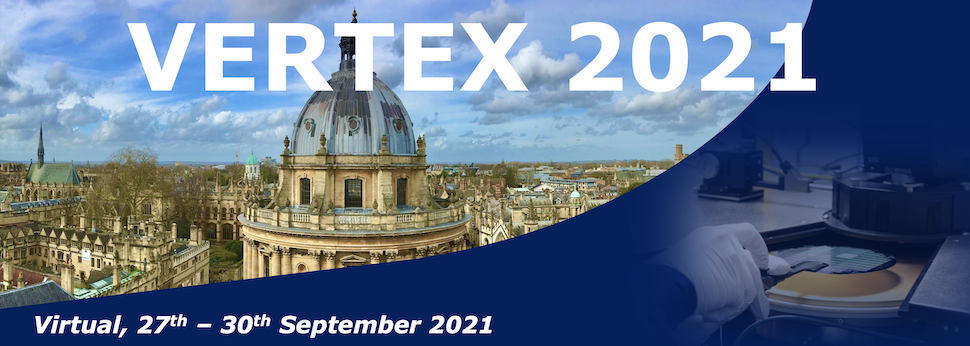Speaker
Description
The Silicon Vertex Detector (SVD), with its four double-sided silicon strip sensor layers, is one of the two vertex sub-detectors of Belle II operating at SuperKEKB collider (KEK, Japan). Since 2019 and the start of the data taking, the SVD has demonstrated a reliable and highly efficient operation, even running in an environment with harsh beam backgrounds that are induced by the world's highest instantaneous luminosity.
Beside providing particle identification information, the SVD is used to reconstruct tracks in order to determine the position of decay vertices with high accuracy. While the SVD performance is already very good and allows an efficient track reconstruction, there is still some room for improvements of the cluster position reconstruction.
In order to provide the best quality track reconstruction with an efficient pattern recognition and track fit, and to correctly propagate the uncertainty on the hit’s position to the track parameters, it is crucial to precisely estimate the resolution of the cluster position measurement. Several methods for estimating the position resolution directly from the data will be discussed. They involve various ways to select data, comparing reconstructed hits with track extrapolation all over the detector, or exploiting regions where two detection ladders overlap in order to compare two reconstructed hits. Various statistical treatments to extract a single and robust resolution number were also investigated: truncated mean and mean absolute deviation. The behaviour of each method is studied comparatively with simulated and real data and the performance is compared to that obtained on the first Belle II data. Finally, possible future improvements of the cluster position resolution will be discussed.

